- Wireless Apple CarPlay
- Grunty but efficient diesel engine
- Excellent standard safety features
- More expensive than rivals
- No tub liner as standard
- Identical D-Max has a longer warranty
In recent years, Mazda have really stepped up their game by presenting themselves as a more premium brand. Cars like the Mazda 3, Mazda MX-5 and Mazda 6 show that Mazda can produce cars that give off a premium feeling without a premium price tag. Being a dual-cab ute, the new BT-50 is in one of the most competitive segments of the Australian automotive market. We tested the 2021 Mazda BT-50 GT, which is the most luxurious BT-50 model, to see if a premium offering in the ute segment can be competitive.
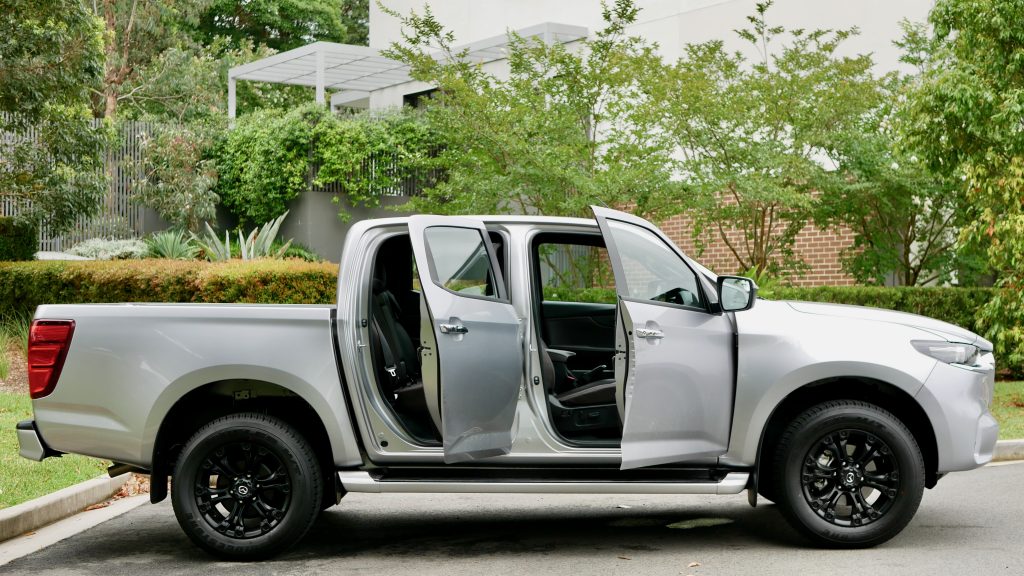
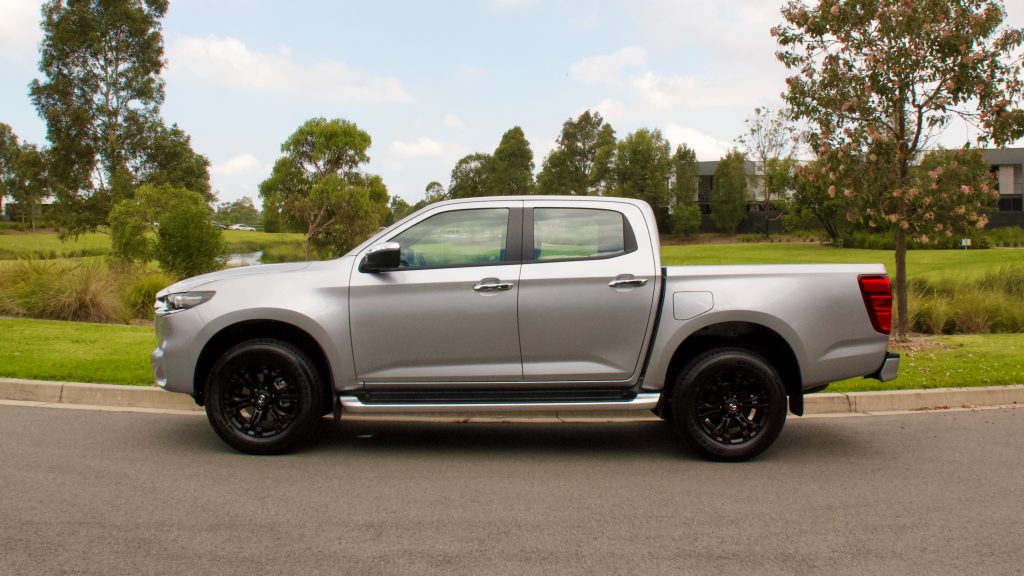
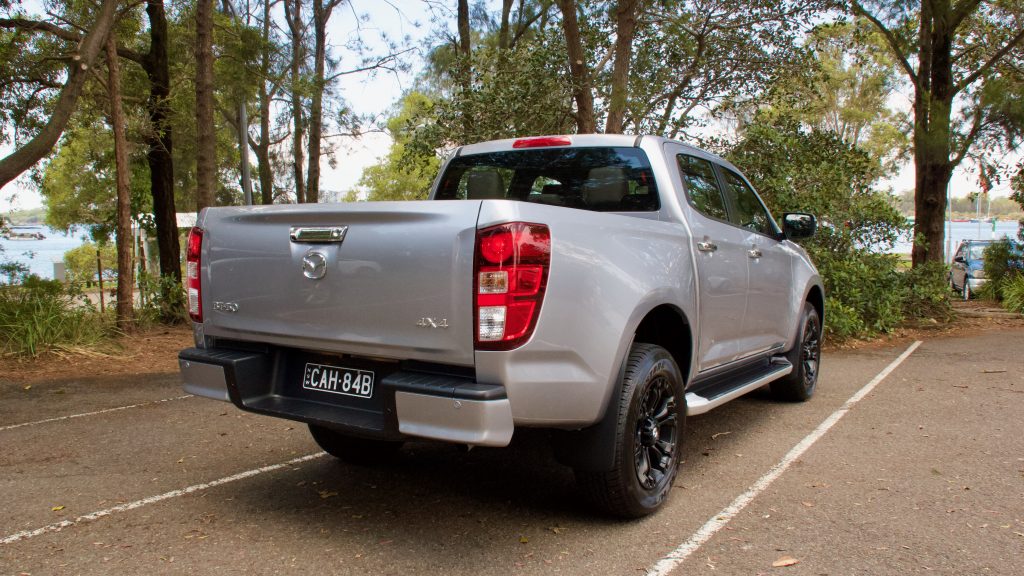
For the 2020 model year, Mazda reintroduced the BT-50 for its third generation. Developed with the new Isuzu D-Max, the new BT-50 shares a lot of parts with the D-Max and is made in the same factory. Other rivals to the BT-50 are the Ford Ranger, Toyota HiLux, Nissan Navara and Mitsubishi Triton.
Price & Specs: 7.5/10
Starting off the Mazda BT-50 range is the entry level XT, which is priced at $36,550 plus on road costs for a single cab 4×2 manual. This is the most bare bones model available but still comes with a surprising amount of standard equipment including a full host of safety features. The model we tested here though is the second-from-the-top of the range GT, which is priced at $59,990 plus on-road costs (roughly $62,500 drive away).
Comparable models are the $57,490 Ford Ranger XLT 3.2L, the $57,920 Toyota HiLux SR5, the $58,270 Nissan Navara ST-X, the $47,290 Mitsubishi Triton GLS and the $55,900 Isuzu D-Max LS-U. Observing all of these prices and you will immediately note that the Mazda is the most expensive of the lot.
The 2021 Mazda BT-50 GT is a ute that comes with technology previously only seen on passenger cars. The GT variant of the BT-50 is equipped with 18-inch alloy wheels (our test car has the accessory black $1,740 18-inch wheels) with a full size spare wheel, a 9.0-inch touch screen, satellite navigation, DAB+ digital radio, wireless Apple CarPlay and Android Auto, an eight-speaker audio system, dual-zone climate control, brown leather upholstery, an electric driver’s seat, heated front seats, keyless entry with push button start, remote start, automatic LED lighting, rain-sensing wipers, heated and power-folding exterior mirrors, side steps, and mud flaps.
The is also a full suite of safety features that come as standard on the 2021 Mazda BT-50 GT. These are road sign recognition, adaptive cruise control, auto high beam, an alarm, low and high speed autonomous emergency braking (AEB) with pedestrian detection, blind-spot monitoring with rear cross-traffic alert, trailer sway control, lane departure warning, lane keep assist, driver fatigue monitor, eight airbags and front and rear parking sensors with a rear view camera. It is worth noting that the BT-50 and D-Max twins have – by far – the most safety features out of any utes on the market.
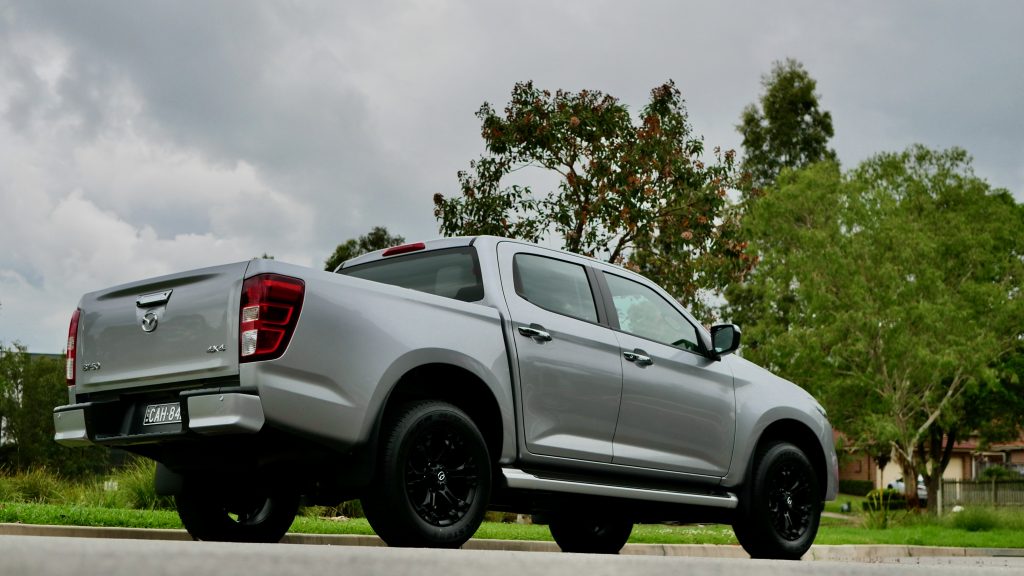
It is also worth noting that the BT-50 GT has more airbags, rear cross traffic alert and blind-spot monitoring, a full size spare wheel and two more speakers (the average amongst rivals is six) thank all of its rivals.
The only model in the BT-50 range that is above the GT is the more hardcore Mazda BT-50 thunder. The Thunder comes at a $9,000 increase ($65,990 plus on roads) and adds black 18-inch wheels (the same ones which are on our test car), a front bull bar, light bar, a tub liner, fender flares, black side steps, a sports bar and an electric tonneau cover over the GT.
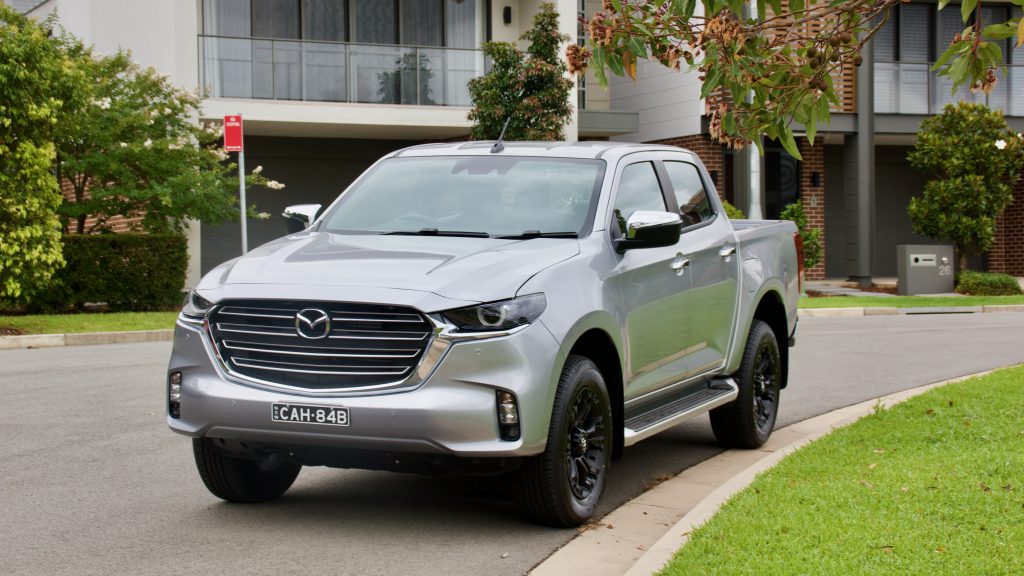
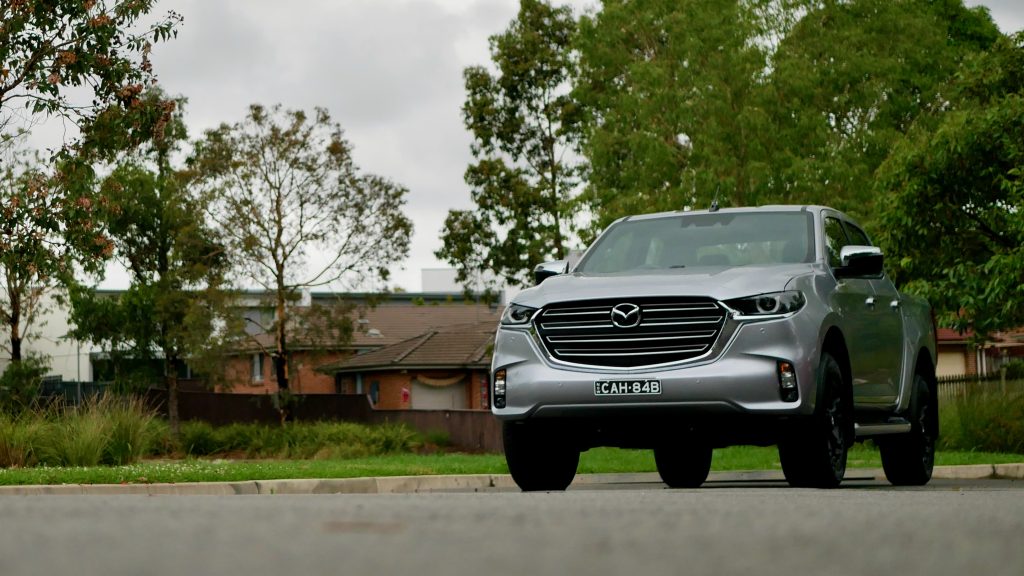
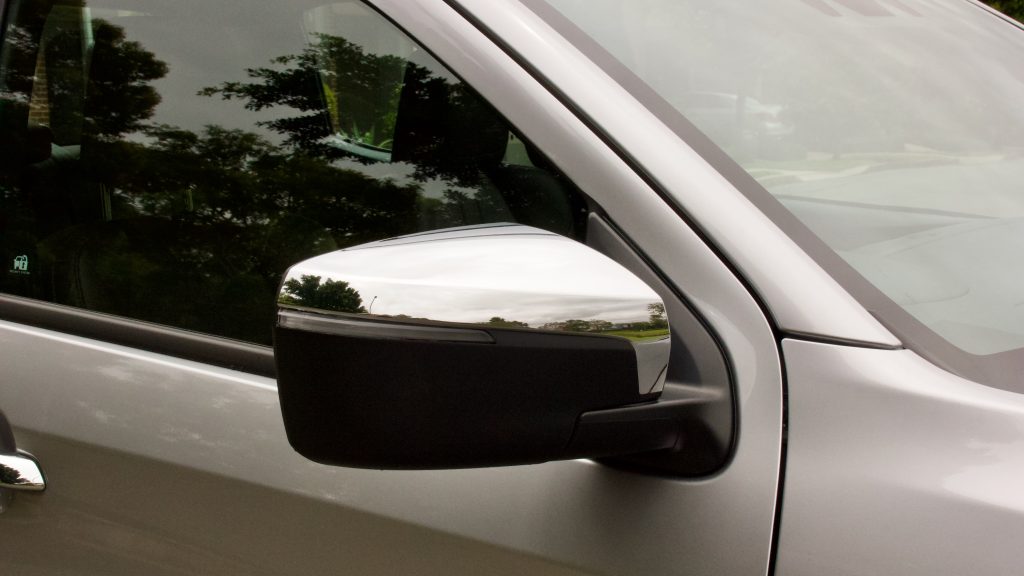
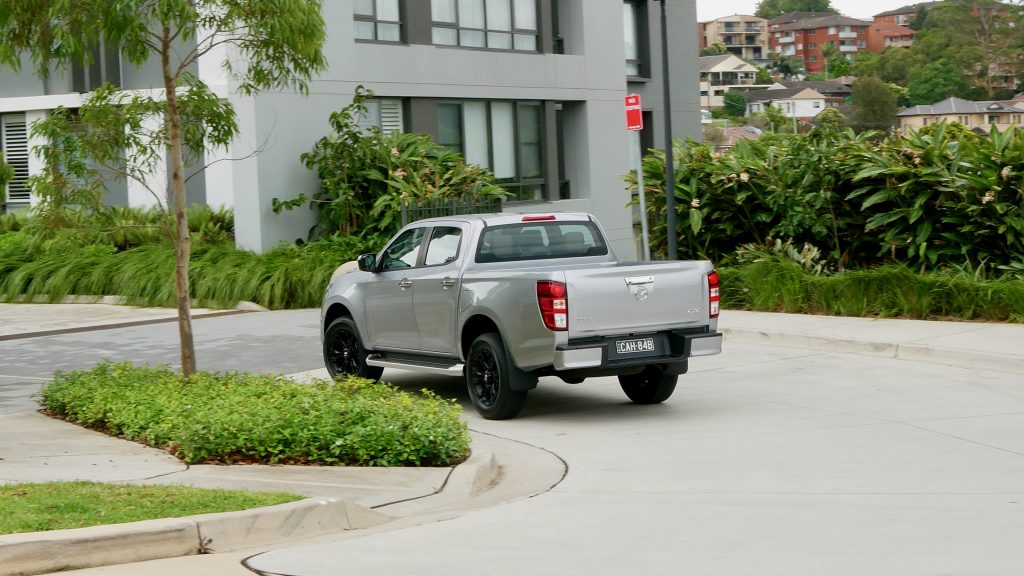
There are no extra cost options available for the BT-50 GT – not even the exterior colours. All colours come at no further cost and include ‘True Black’, ‘GunBlue’, ‘Concrete Grey’, ‘Rock Grey’, ‘Red Volcano’, ‘Ice White’ and our test car’s ‘Ignot Silver’.
Performance & Economy: 8/10
The sole engine on offer in the 2021 Mazda BT-50 GT is a 3.0-litre turbocharged diesel engine which is also shared with the Isuzu D-Max. It produces 140kW of power and 450Nm of torque. Peak power arrives at 3,600rpm and peak torque is available from 1,600rpm-2,600rpm. The engine is quite a lot quieter than the previous model BT-50’s five-cylinder diesel engine and it also feels more powerful than the five-cylinder despite having 7kW and 20Nm less.
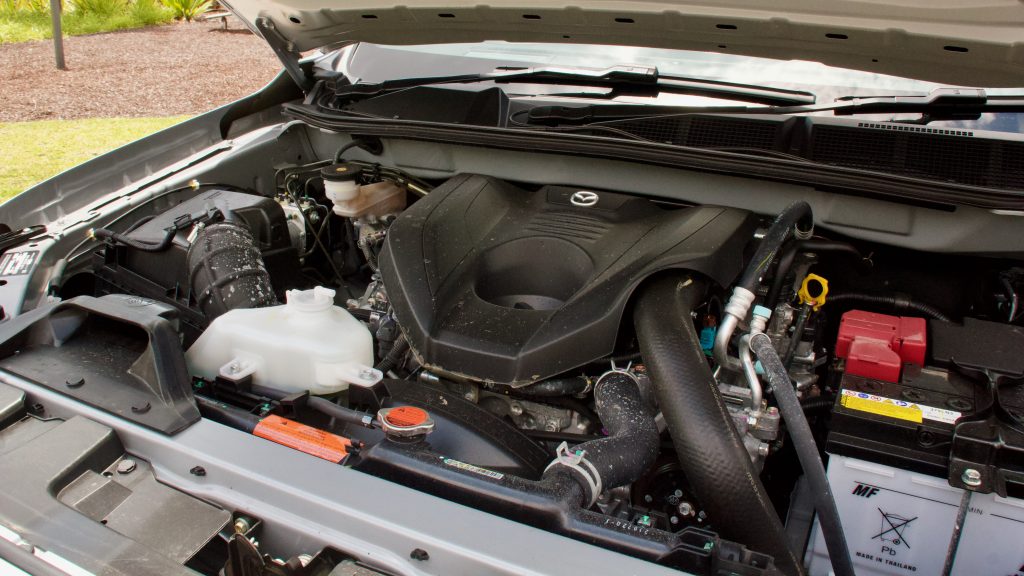
The 2021 Mazda BT-50 GT is offered with either a standard six-speed manual transmission or a six-speed automatic (at an additional $4,000 cost). The BT-50 is the only ute on the market to offer both a manual and automatic transmission throughout the entire range. Our test vehicle was equipped with the six-speed auto, which is a smooth transmission that rows through the gears without much fuss. It is suited very well to the engine in the BT-50.
Comparing this engine to rivals is quite interesting. The recently-upgraded 2.8-litre turbo diesel four-cylinder engine offered in the Toyota HiLux actually produces 10kW more than the BT-50 but 30Nm less torque. The HiLux feels more sluggish and less spritely than the Mazda. The 3.2-litre five-cylinder turbo diesel engine in the Ford Ranger is actually the same unit that was in the previous model BT-50 – it produces 147kW of power and 470Nm of torque but feels its age. There is a delay in power and it doesn’t feel as powerful as it is on paper.
The BT-50 GT comes with Isuzu’s 4×4 system, which has a dual-range transfer case and a locking rear differential. This means the BT-50 can get itself out of sticky situations off road. It also has hill descent control and hill start assist, which means that steep inclines and declines are no problems at all for this capable ute.
The BT-50 GT has a braked towing capacity of 3,500kg and an unbraked towing capacity of 750kg. These figures are identical to the Toyota HiLux, Isuzu D-Max, Nissan Navara and Ford Ranger – though the Mitsubishi Triton only has a 3,100kg braked towing capacity and a 750kg unbraked towing capacity.
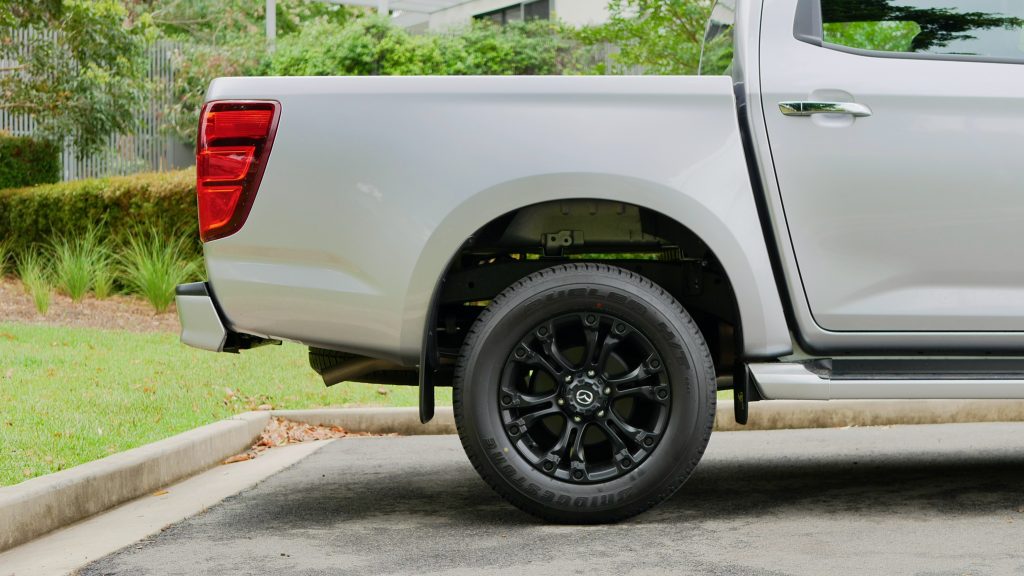
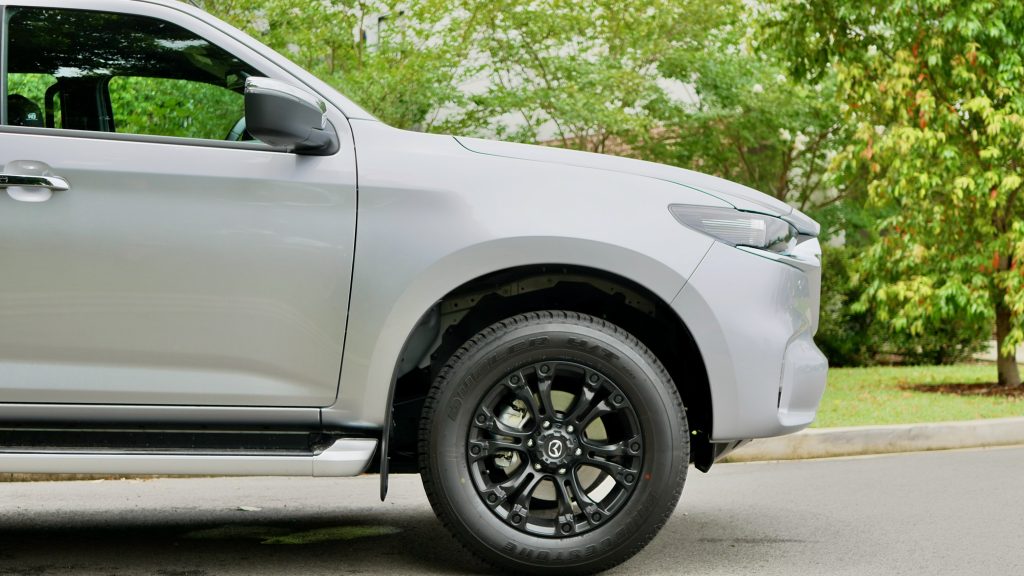
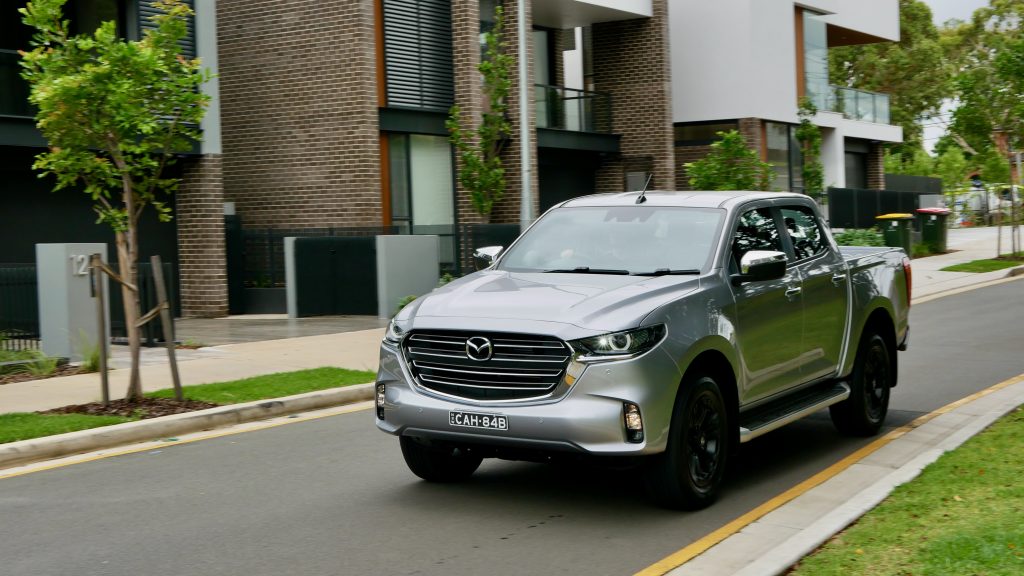
Something that dual cab utes aren’t known for is fuel economy. The 2021 Mazda BT-50 GT has a claimed combined fuel consumption figure of 7.7L/100km, which is unsurprisingly the same figure as the Isuzu D-Max LS-U – but also the Toyota HiLux SR5. We achieved 8.4L/100km, which is respectable. The Mitsubishi Triton GLS and Nissan Navara ST-X have a combined average figure of 7.9L/100km while the Ford Ranger XLT with the 3.2-litre engine has an average fuel consumption of 8.4L/100km. With the standard 76-litre fuel tank the BT-50 on average can travel roughly 950km between trips to the fuel station.
Ride & Handling: 8/10
The suspension on the 2021 Mazda BT-50 GT is refined and well sorted. It is comfortable under most circumstances, but in typical ute fashion, the rear can get a little unsettled when going over potholes or over speed humps. It is much more bearable than the ride on the Toyota HiLux though, as the HiLux’s ride is choppy and never feels properly settled, whereas the BT-50 is much more comfortable to live with on a daily basis.
‘Handling’ is a word that is very rarely ever used for a dual-cab ute and for good reason. Most utes – with their high centre of gravity and tall body – don’t handle particularly well and have quite a lot of body roll. While the 2021 Mazda BT-50 GT does have a tall body, the body roll is nowhere near as bad as the previous model and rivals. The BT-50 handles corners with composure and there is none of the uneasy feeling that some competitors offer.
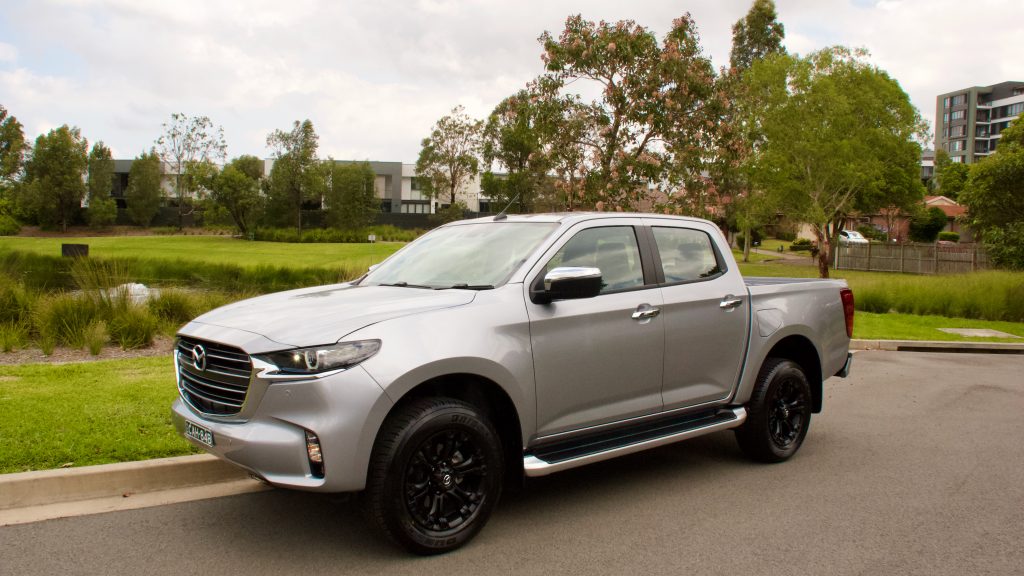
Like the D-Max, the BT-50’s active safety systems are well tuned and aren’t intrusive. A lot of the work the BT-50 does to keep you safe is done behind the scenes. The adaptive cruise control does a great job of maintaining the distance between you and the car in front of you, the lane departure warning only intervenes when it thinks it is necessary and the forward collision alert isn’t overly sensitive and won’t go off every time you brake behind a car.
Interior & Practicality: 8/10
The interior of the 2021 Mazda BT-50 GT is a very nice place to be. The dark brown leather seats are very comfortable with great support and the dash design is laid out in a way where you know instantly where everything is, no need to go searching for anything as it is exactly where you would expect. Of course, it largely shares its layout with the D-Max on which it’s based but that’s no bad thing as we quite like the D-Max’s cabin.
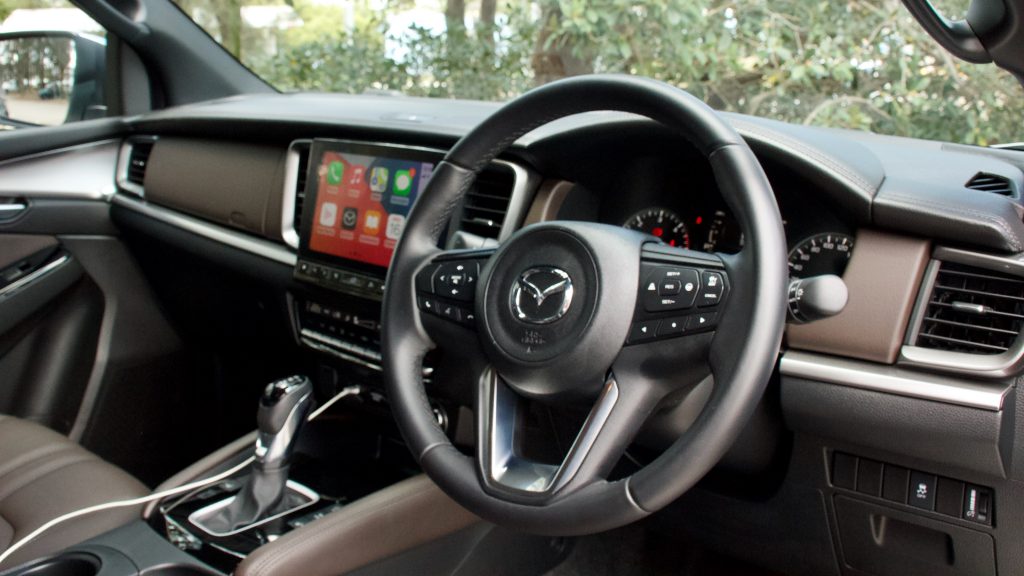
The interior quality of the new BT-50 is night and day compared with the old model. Gone is the hard dash and plastic-fantastic door panels, which have been replaced with a soft-touch dash with faux stitching and quality door panels that feel nice to the touch but also feel durable. The leather quality on the steering wheel, gear knob and seats is excellent and is almost as good as Mazda’s passenger cars.
The new 9.0-inch touchscreen that sits in the middle of the BT-50’s dash is shared with the Isuzu D-Max and offers great functionality as well as good resolution. There are limited shortcut buttons under the screen and there is occasionally a little lag to the system, but it is pretty intuitive and is easy to operate. While the infotainment system is good, it is easier to connect the wireless Apple CarPlay and use that functionality.
The rear seat room in the 2021 Mazda BT-50 GT is larger than what you would expect in a Toyota HiLux, but unlike the HiLux there are amenities. There are rear air vents, a singular USB-A charging port, a hook on the back of the passenger seat, an armrest with cupholders and some door bins in the doors.
The tray of the BT-50 GT unfortunately does not come with a bed liner, nor does it come with any cargo tie down hooks. There is a payload of 1,065kg and 3,100kg GVM. The length of the tray on the BT-50 is 1,571mm and the width is 1,530mm (1,120mm in between the rear wheel arches).
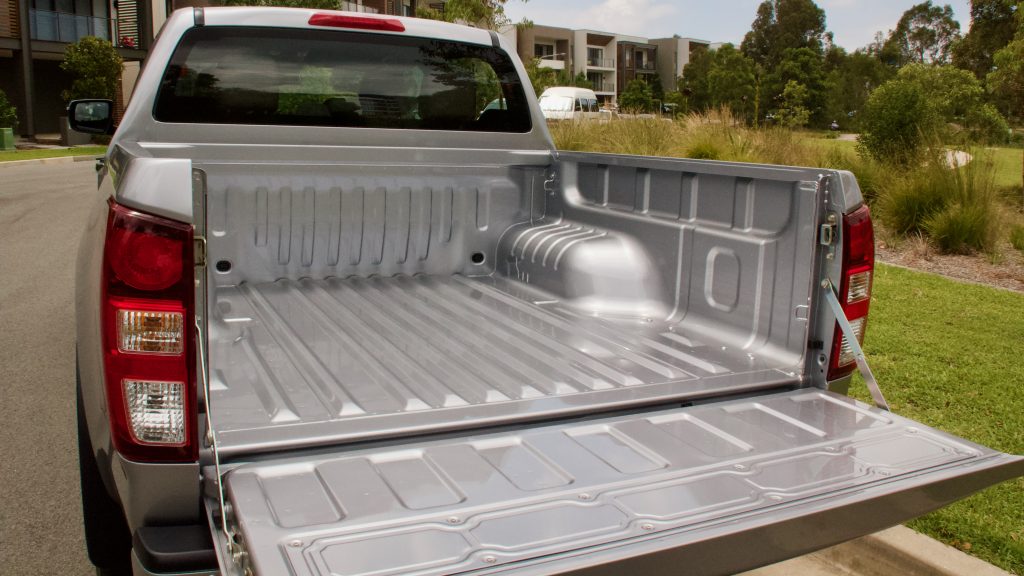
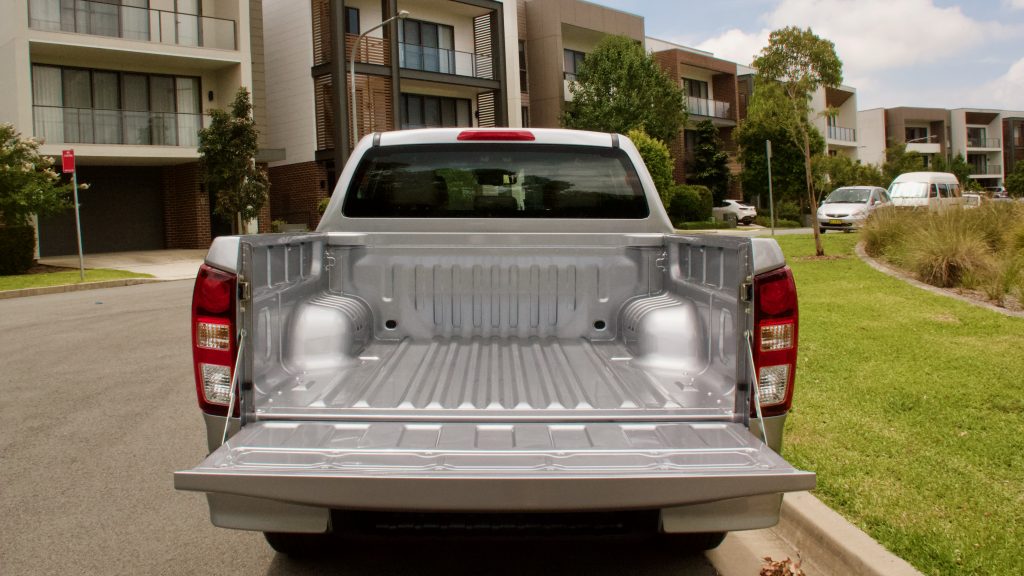
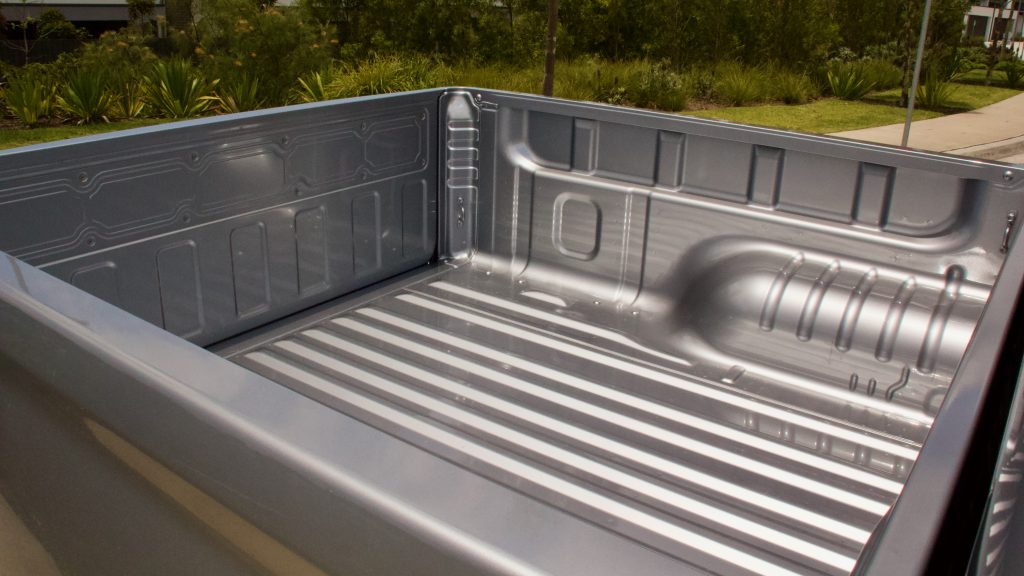
Service & Warranty: 7/10
The 2021 Mazda BT-50 GT comes with Mazda’s five-year unlimited kilometre warranty, which is on par with what Toyota offers for the HiLux (although they offer an extra two-years on the engine) and what Ford offers on the Ranger. Isuzu offers a slightly better six-year/150,000km warranty for the D-Max and Mitsubishi offers a 10-year/200,000km warranty with the Triton.
Mazda also offer a five-year roadside assistance package with the BT-50, which is a year less than Isuzu offer on the D-Max and five-years less than Mitsubishi give the Triton. It is also worth noting that Toyota do not offer any form of roadside assist with the HiLux.
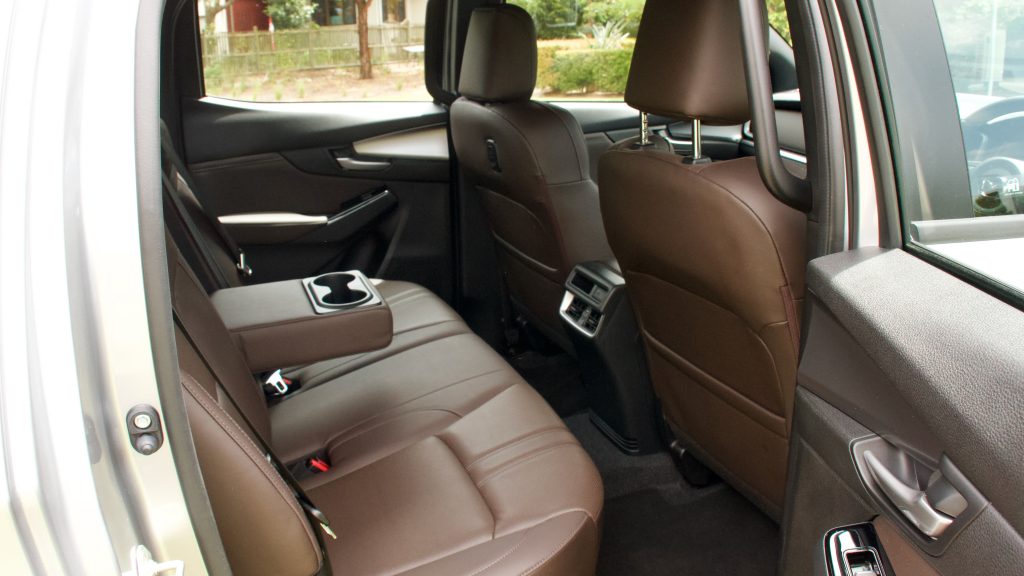
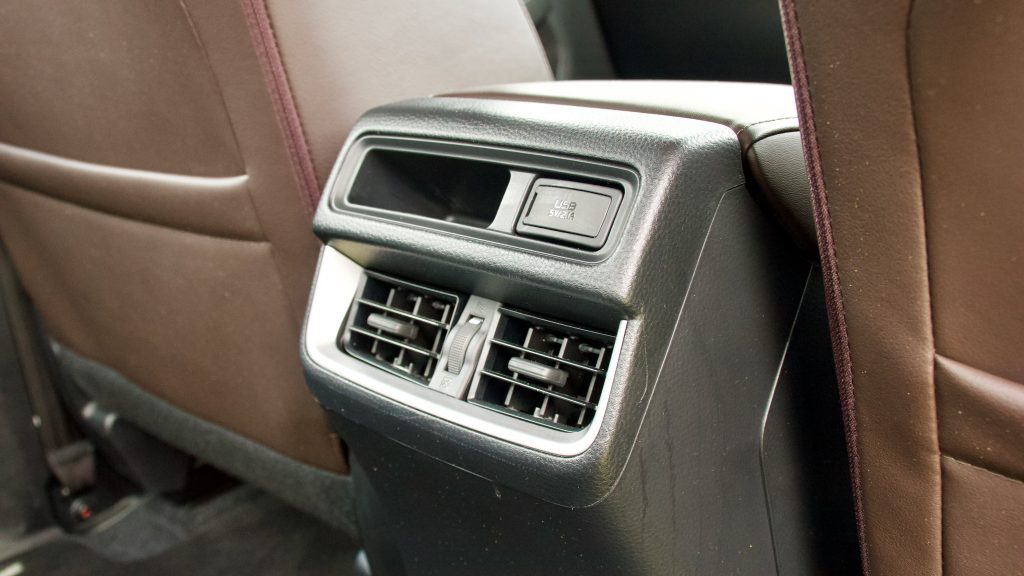
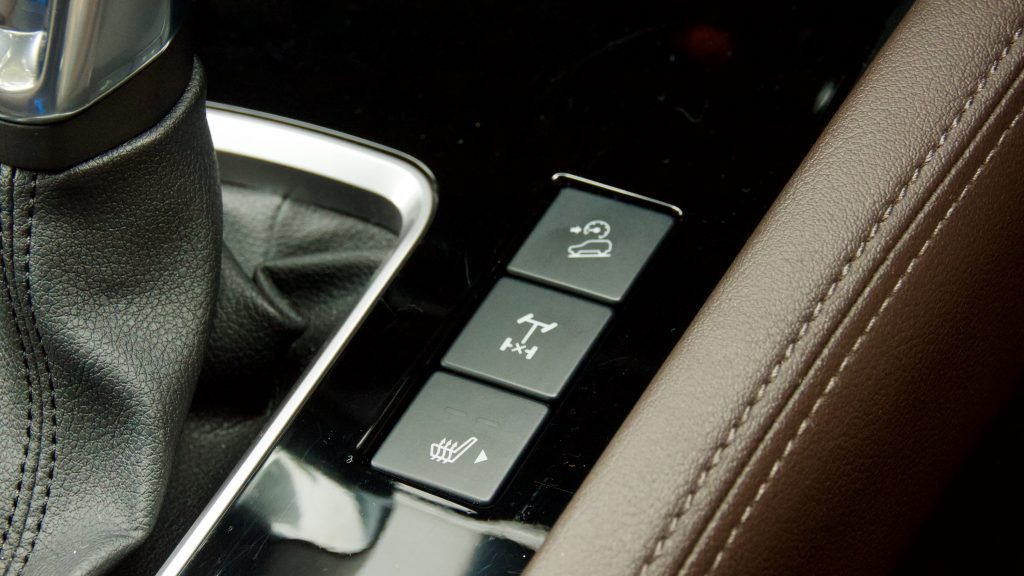
Servicing the BT-50 occurs every 12-months or 15,000km, which is on par with the service intervals for the Ford Ranger and Isuzu D-Max and much better than the six-month/10,000km intervals of the HiLux. Servicing the BT-50 GT over the span of five-years or 75,000km will set owners back $2,356, which is slightly more than the $2,215 it would cost to service the D-Max over the same period. It is significantly more than the $1,581 it costs to service a Ford Ranger over five-years/75,000km but less than the $2,595 it costs to service the Triton.
2021 Mazda BT-50 GT DiscoverAuto Rating: 7.7/10
While not a hit seller just yet, the 2021 Mazda BT-50 GT has the potential to win you over with excellent driving manners and a feature-packed interior. It is also a handsome looking ute with muscular lines and a fantastic quality interior. Compared to the Nissan Navara and Toyota HiLux the Mazda BT-50 is a Rolls Royce as it offers a much nicer more premium-feeling interior that doesn’t feel at all like a commercial vehicle.
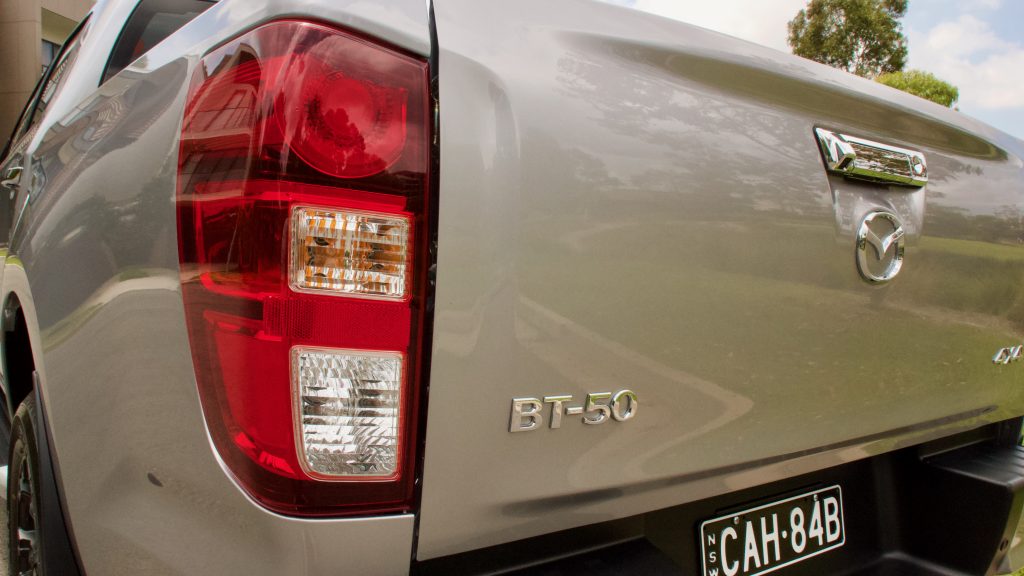
Would we buy the 2021 Mazda BT-50 GT over say a Isuzu D-Max LS-U? Well the BT-50 does get leather, heated seats, keyless entry and a few other things over the Isuzu but it misses out on the Isuzu’s better warranty and cheaper service costs. Ultimately we would have a hard time choosing between the two, but like the D-Max, the BT-50 is a well-engineered ute that currents sits at the top of the ute segment.
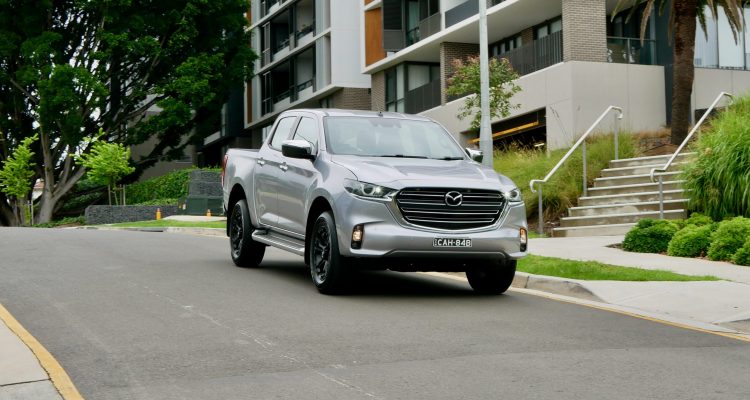
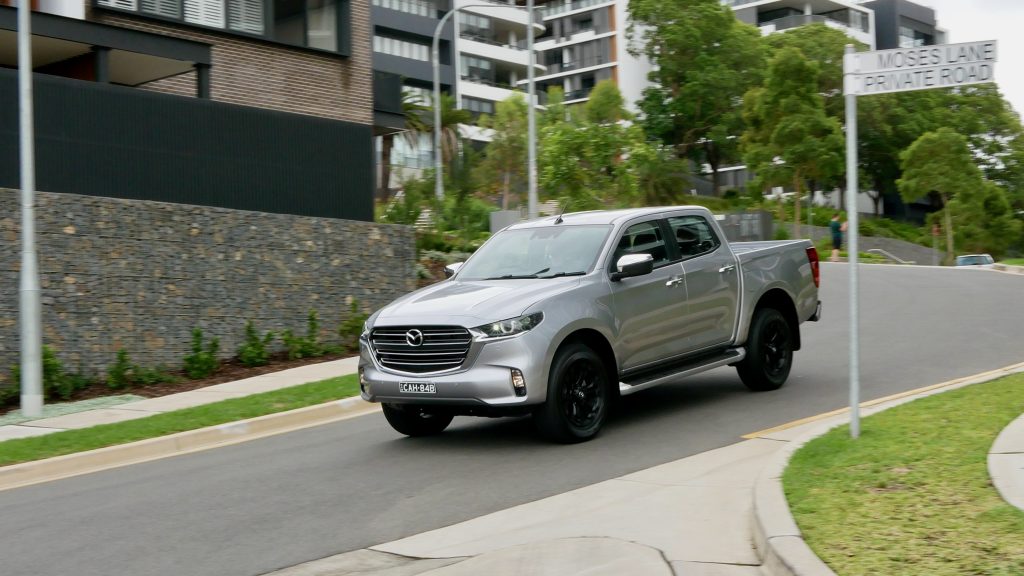
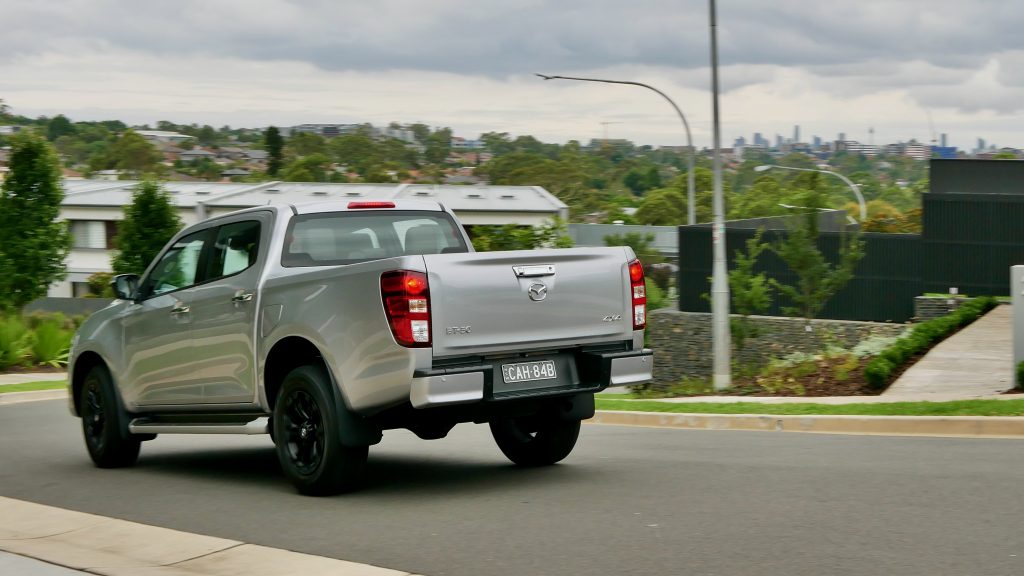
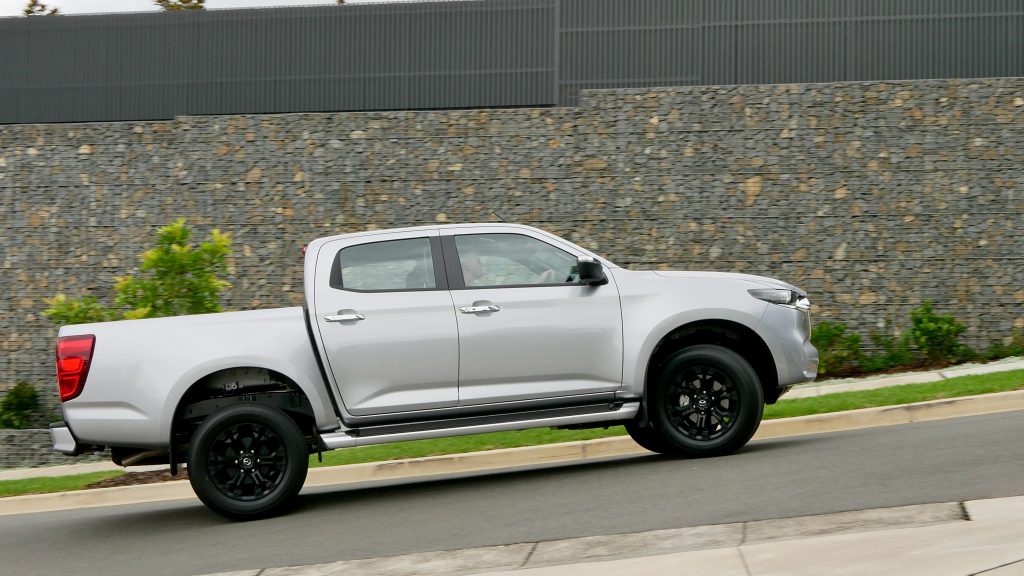
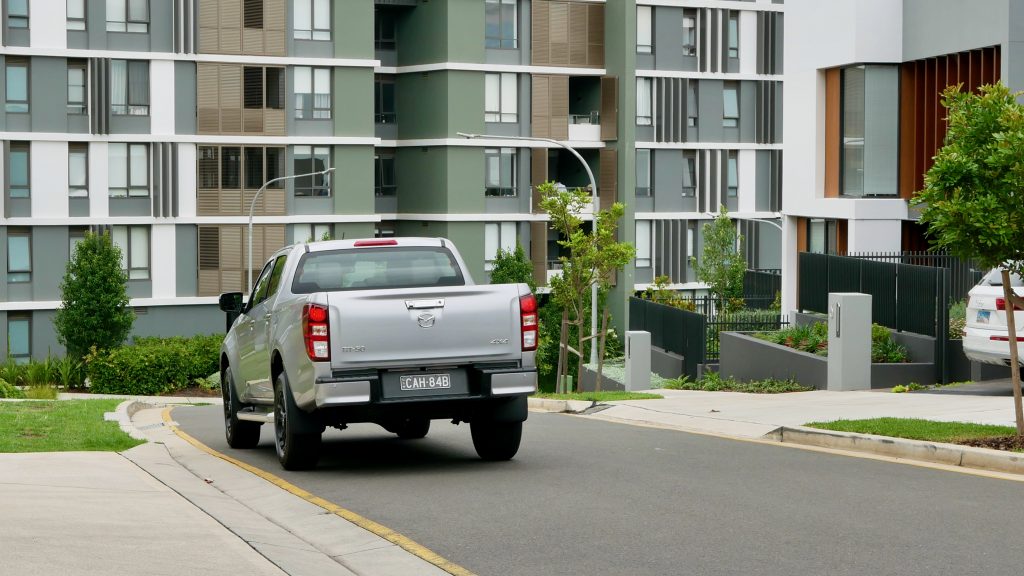
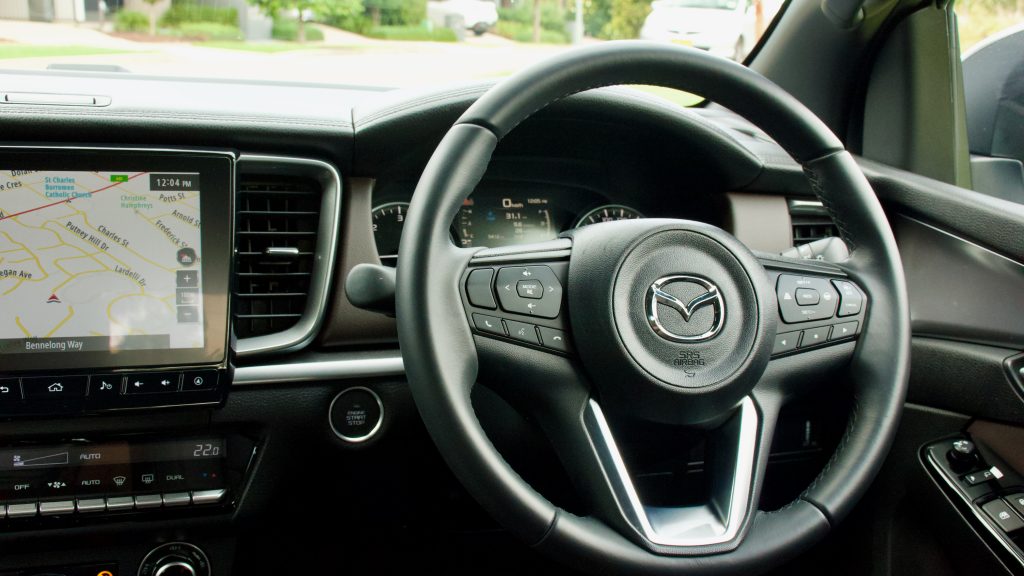
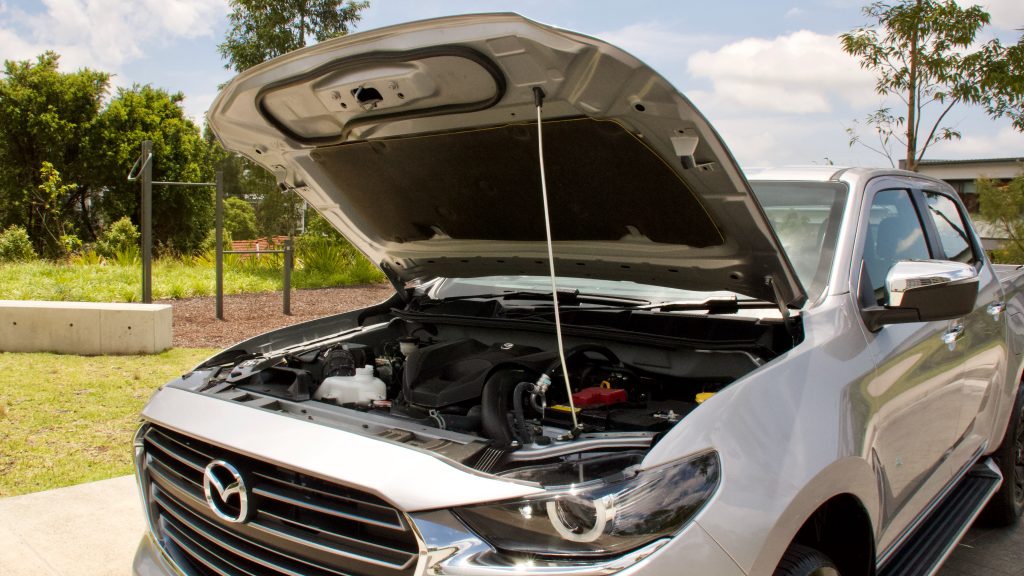
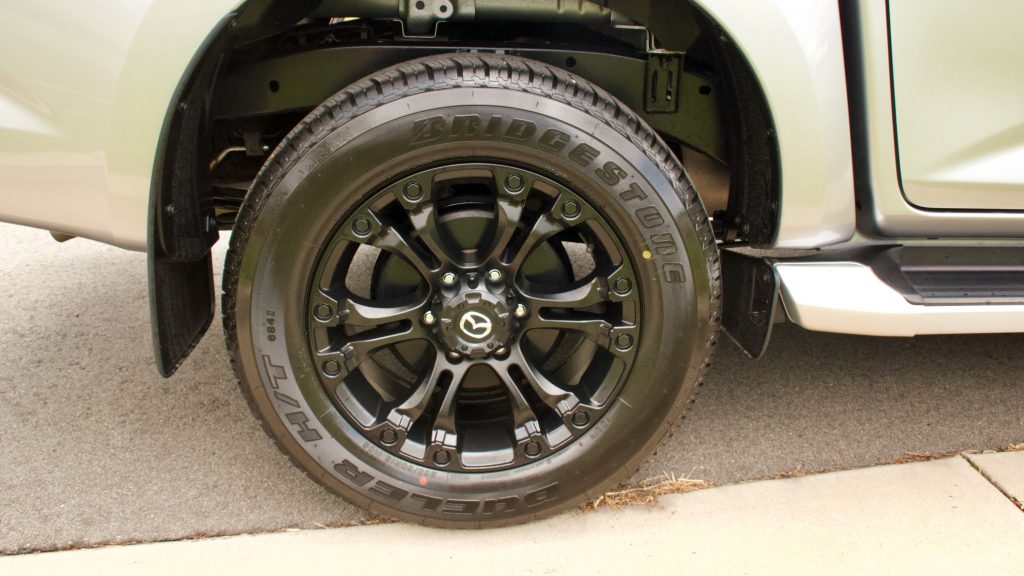
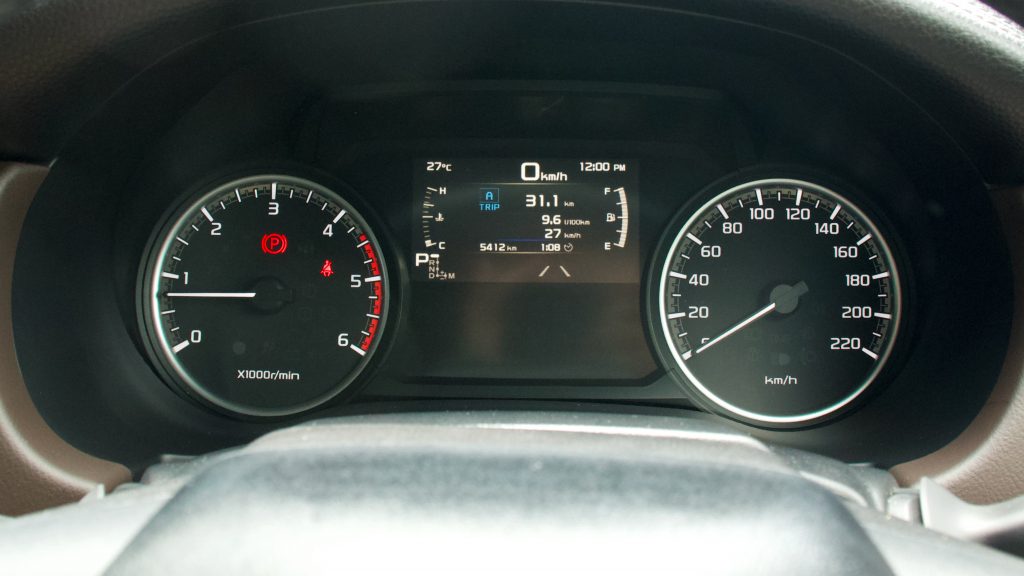
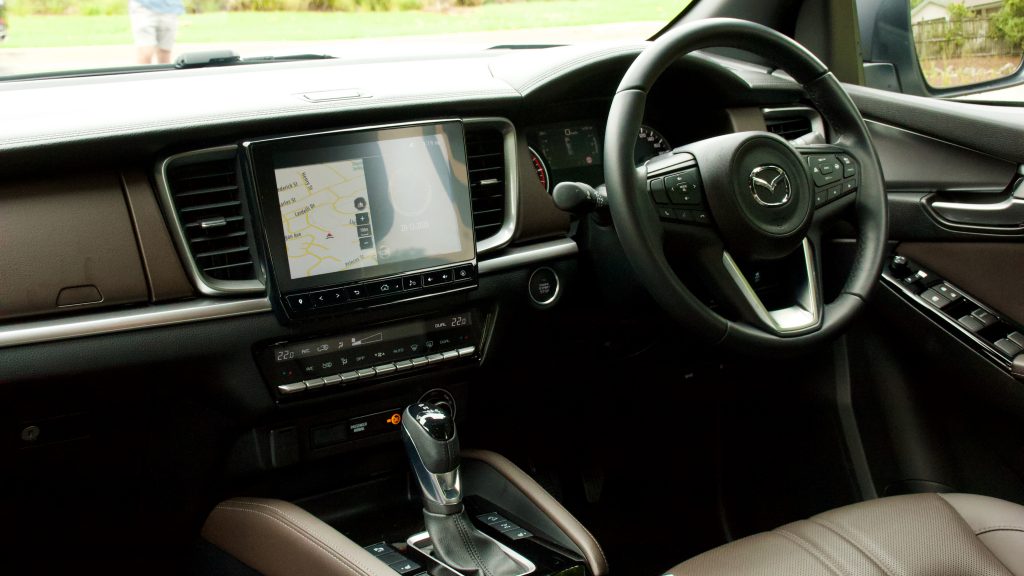
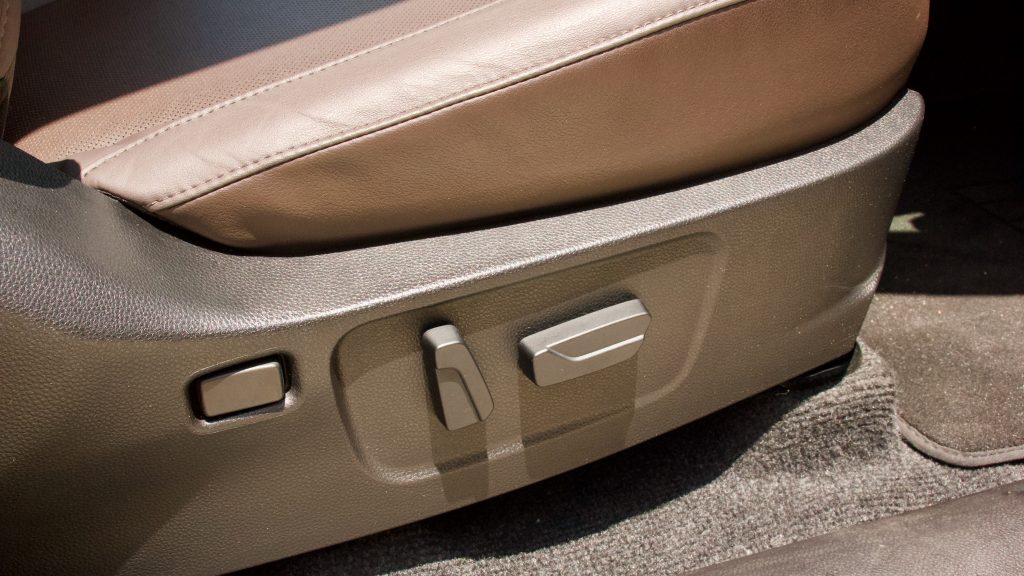
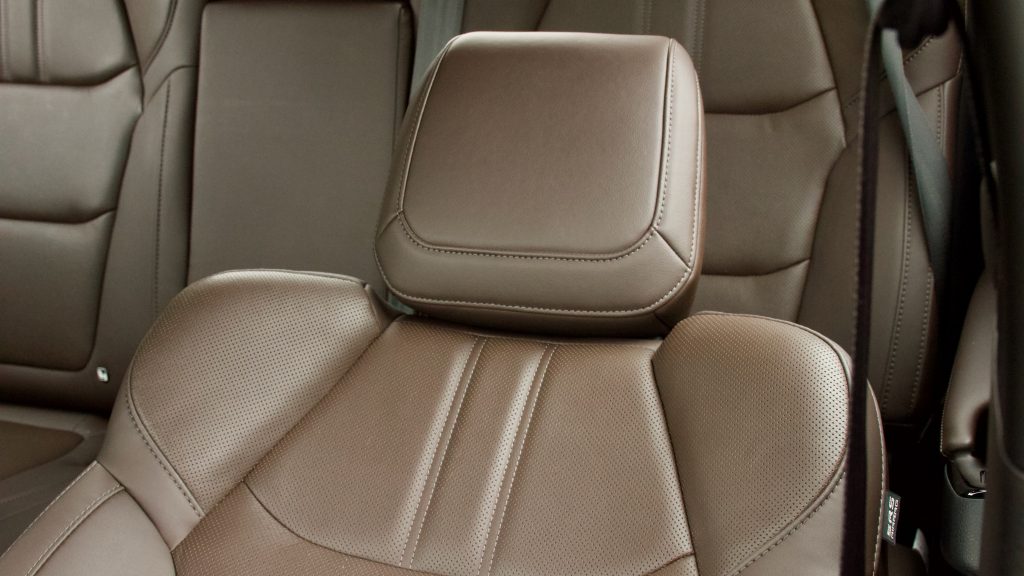
Leave a Reply